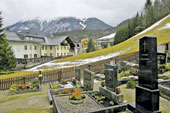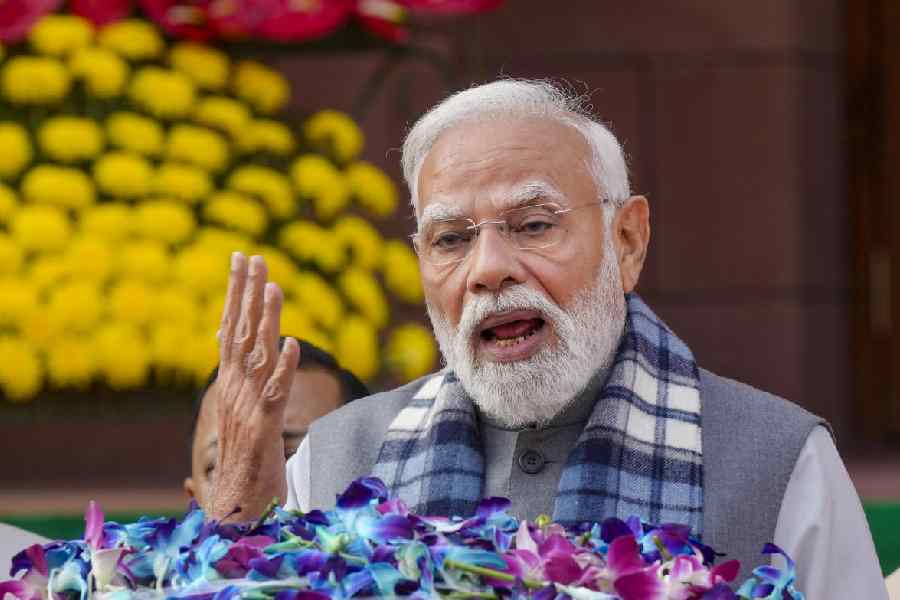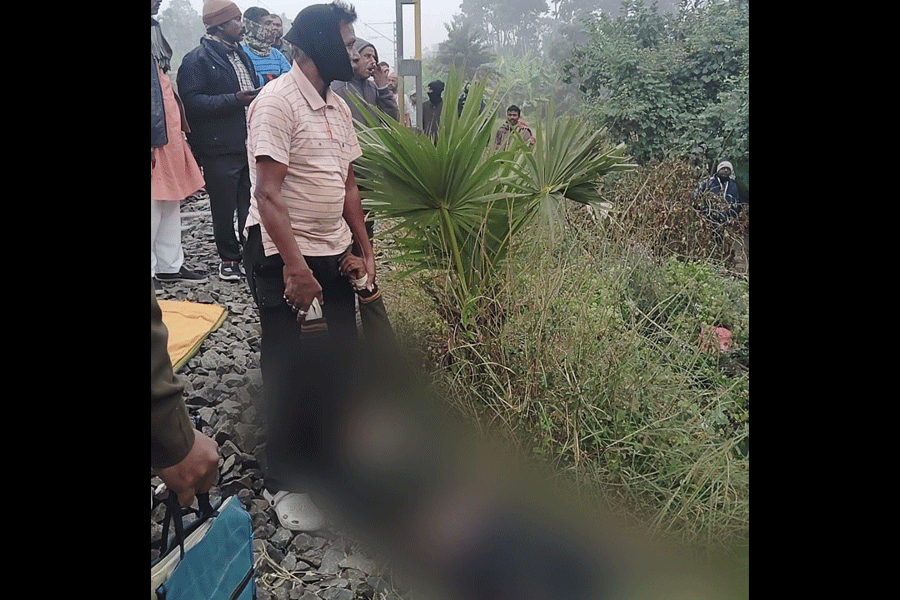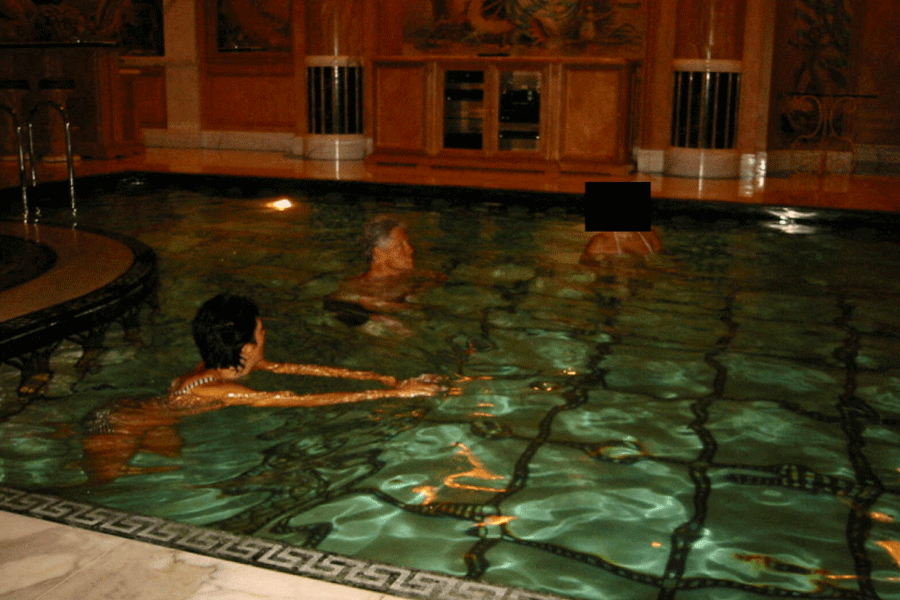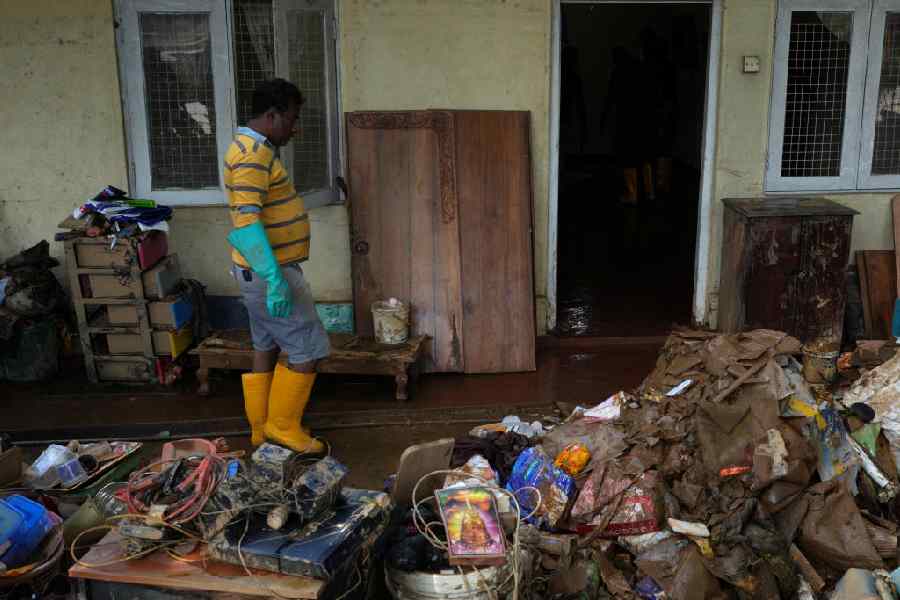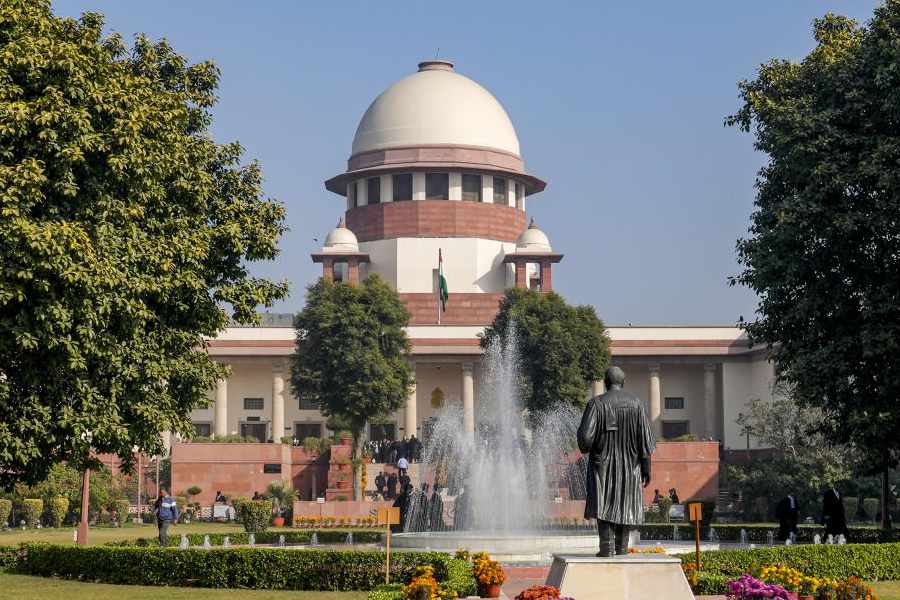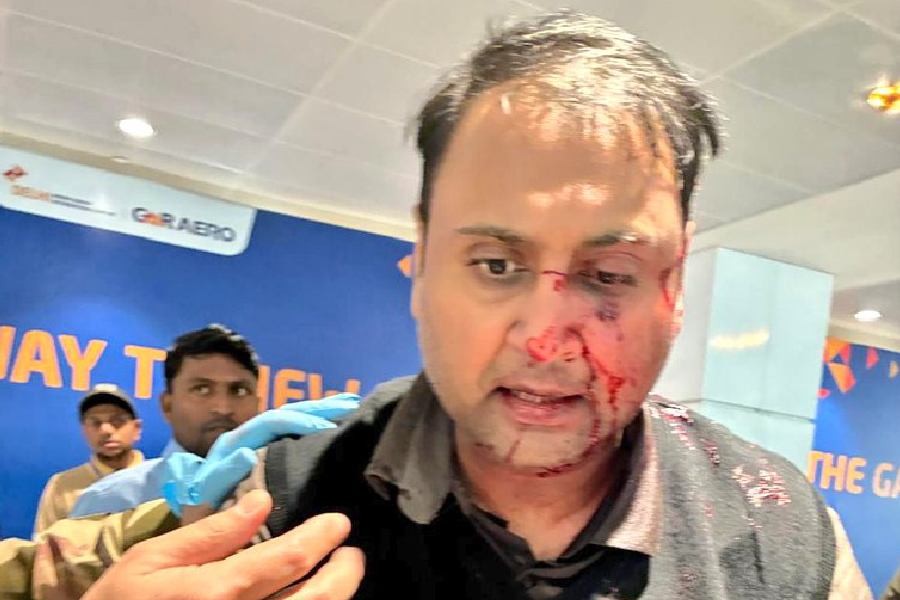 |
 |
 |
 |
| (From top): From skiing to excursions, Lackenhof offers a host of attractions; a church in Puchenstuben; tourists all set to take off on the Lackenhoff ski-slopes; Scheibbs by night |
It was a case of mistaken identity. When Gerhard invited me to St. Anton, I thought he was referring to the world-famous ski resort, and wondered why he was describing it as a quiet little village. I was in Munich on work and, with two days to spare, wanted to catch up with my old friend who lived in Innsbruck, Austria. Instead, Gerhard suggested that I join him at St. Anton, where he was holidaying.
Following Gerhard’s instructions, I took the train from Munich to Linz. The four-hour journey passed in a blur as I spent the time capturing the pretty winter landscape through my camera and also having a very satisfying breakfast of well-buttered Bavarian bread. My neighbour, an affable Swiss, lent words to the frames I was capturing. He seemed to be a better historical commentator than the financial consultant he said he was. The train passed through Mozart’s Salzburg and I figured I’d have to return to the beautiful town with its castle.
At Linz, Gerhard’s bear hug was warmer than the tea that followed. It was easy to spot his red Renault in the parking lot because of the fluorescent yellow ski-blades that jutted out of the windows. Linz is an elegant little town, with stately buildings. Situated on the banks of the Danube, this is Austria’s third largest city after Vienna and Graz and has an illustrious history ? as was obvious from the medieval buildings and cathedrals.
As we drove out of Linz, Gerhard told me that St. Anton was so well hidden behind mountains and between valleys that even many Austrians had no clue about it.
Something didn’t sound right, here. The Internet had been very clear about St. Anton. The resort was described as the largest and least elitist of Austria’s ski resorts, with a vigorous and very happening nightlife full of discos, bars and music venues.
Gerhard laughed out loud and told me that he was taking me to St Anton/Je?nitz, a tiny hamlet of about 500 farmers. This was in Mostviertal ? named after an alcoholic drink made out of apples ? one of the four quarters of Lower Austria. In the old days, St.Anton/Je?nitz was an important resting-place on the old pilgrimage route to Mariazell, but now only those looking for quiet restful holidays in the Alpine countryside came there. Later, when we got there, it was obvious that anybody who started a disco or bar in this sleepy hamlet would lose money fairly quickly.
But as we drove towards St Anton, I saw little sign of the snow I was so looking forward to. But the 90 minutes it took to reach Gerhard’s companion Anita’s home where we would be staying, passed quickly as we talked about the 2006 World Cup Football, how Hitler was an Austrian and the secrets of Viennese chocolates.
St. Anton at twilight resembled a beautiful bride. There were hardly any people on the roads as we passed by the slope-roofed houses. The lanes were marginally broader than our corridors at home and the street lamps appeared to have come straight out of the antique bazaars of Purani Dilli. But it got chillier by the time we got to Anita’s home and the windscreen was getting frosty. As we stepped out of the car a few snowflakes landed on my right sleeve.
Anita and her two children enthusiastically thanked me for bringing back the snow. Their house looked a bit like a giant toyshop and a gigantic teddy and a multi-coloured tortoise were among a hundred or so stuffed toys scattered around. I needed just two shots of gluwein, a warm cinnamon-based wine, to become the third child at home. Supper was early. But the wining continued.
I was quite content to soak around in the atmosphere of this place. But Gerhard had other plans for me. Uppermost on the list was a trip to Lackenhof, a nearby ski resort. “We’ll go there tomorrow morning,” he said. “But what about tonight, why don’t we go for a drive,” I asked.
So, we got back into the Renault and headed for Schiebbs, the largest village in the area. We crossed a tiny bridge, drove on cobbled streets, gazed at a small statue, watched a clock tower, passed by an old church, wet our hands in a holy spring and also walked a few yards. I stopped every now and snapped everything all around me. People here lent rooms with breakfast for as little as 20 euros.
Next morning after a few cups of tea and some bread and cheese, we set off on our expedition. Twenty minutes later, we were at Puchenstuben, a village which many families from war-torn Chechnya have made their new home. The slanting sunrays made good pictures but the chill was biting. Gerhard read my mind. Soon a warm apple strudel was on my plate at a wayside caf? and I tucked in happily.
During the drive up, we halted every now and then as stopped to shoot everything in sight ? I took pictures of huts and even a hairpin bend. Gerhard humoured me patiently all the while.
After a full night of snow, Lackenhof was terribly busy. Skiers from around the world had come in droves. Cars with families and food flood the place as if Oetscher, the tallest mountain peak in the vicinity, beckons them. People queue to buy tickets to get on to the ski-lifts that take them up to 1,900m from where they ski down at breakneck speed. There is a riot of colours when you see bright fluorescent outfits and gear against a white backdrop.
Gerhard decided to keep me company and not go skiing. We spent four hours there watching the skiers and enjoying the view, before being forced to return when the weather turned colder and the flurries of snow became heavier.
My two-day existence in an unknown place was coming to an end. But I knew I was going back richer with memories in 35mm frames. St Anton certainly deserves a visit even if there isn’t a disco or a bar in sight. This hamlet doesn’t have a well-known web address and I hope it stays that way.
Photographs by the author
Fact file
St. Anton an der Jeßnitz (St.Anton/Jessnitz) is about 130km from Vienna in the south of lower Austria.
• Description: Quiet, idyllic Alpine town. An ideal starting point for hiking tours into the Ötscher ditches (over 100km of marked paths) and excursion destination Hochbärneck.
• Stay: Comfortable inns with bed and breakfast for around 20 euros a night

